Burka is a traditional garment for Muslim women, especially the afghans, and which is characterized by cover the entire body, hair and face.
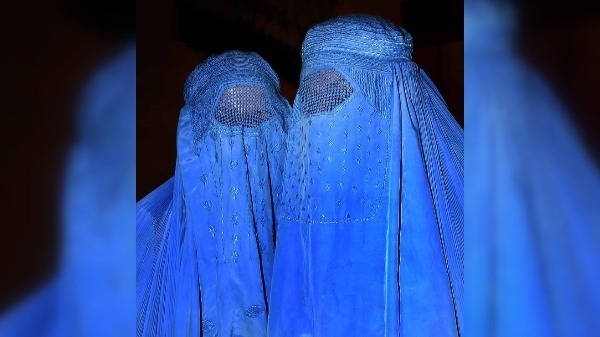
Traditionally, burqas can be black or light blue, in addition to having, necessarily, a small net or screen at eye level, so that women can see.
The contemporary burka emerged around the 18th and 19th century, initially used as a status social by tribal members Pashtuns, without any kind of relationship with the Islamic religion.
However, the wearing of the burqa began to be considered mandatory by women in Afghanistan, as it was seen as a symbol of the Taliban regime, which ruled the country between 1995 and 2001.
According to the Taliban's interpretation of the Muslim's holy book, the Qur'an, men and women should live with modesty and maximum discretion while on display in public.
Learn more about the meaning of Quran.
Even after the end of the Taliban regime, approximately 60% of Afghan women continue to wear the burqa, whether out of tradition or fear of reprisals by the small nuclei of extremist Muslims who remain in the region.
In the Western world, the burqa took on a pejorative meaning, as it came to represent a female submission symbol in the Islamic world.
In some countries, such as France, for example, the use of the burqa has been banned since 2010.
See also about the meaning of Islam.
Types of Islamic Veils
O Hijab or Hijabe (“cover” or “to hide the look” in Arabic) is the term given to the “code” of dresses that are considered standards and accepted by Islamic doctrine.
The main purpose of the hijab is to preserve the modesty, privacy and morals of people, especially women.
In addition to the burka, there are different types of clothing traditionally used by women, whether for reasons of security, religion or social imposition.
Niqab
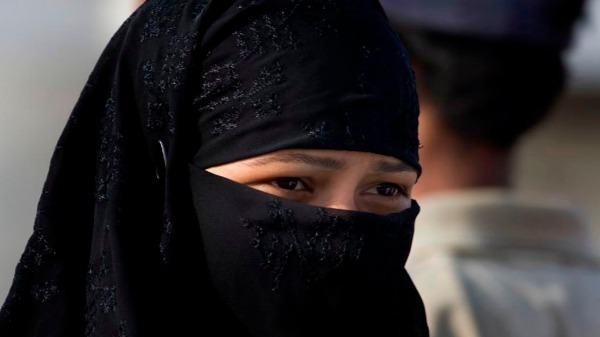
Also known as nicabe, means “mask” in Arabic. This garment is common in regions where conservative Islam, which considers a woman's face to be an intimate part, is practiced. The woman's entire body is covered, with the exception of the eyes.
Xador
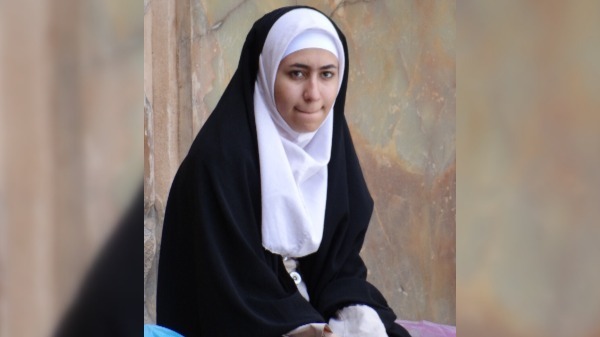
Also called chador, means “tent” in Persian, and is considered a traditional costume in Persia, historically related to Shiite groups. In this garment, the entire body must be covered, with the exception of the face. As a rule, girls start using the chador from the age of 12 onwards.
al-amira
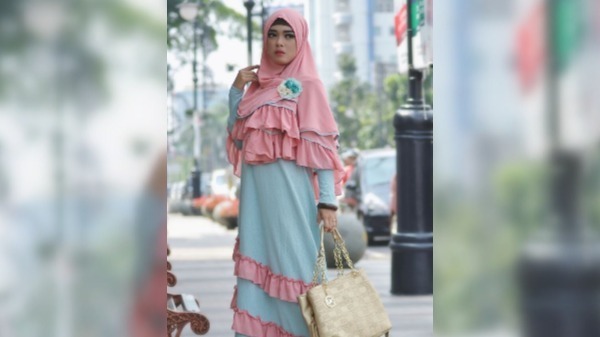
It is one of the most accepted models in most contemporary Islamic countries. This garment basically consists of two pieces: a cap and a scarf, which should only be used to cover the woman's hair. The al-amira began to be used after the 1970s as a result of a series of feminist protests to eliminate the nicabe's obligation.
Shayla
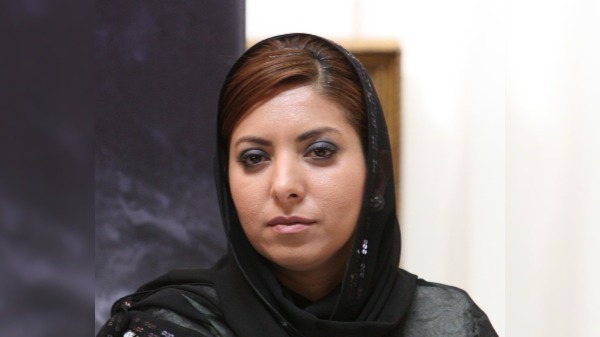
Like al-amira, shayla is the product of women's protests against the severe restrictions imposed by the hijab extremist. Shayla is simply wearing a veil to cover your hair. It is usually adopted by Muslim women who do not wear the veil, but who do so when they go to a mosque, for example.
